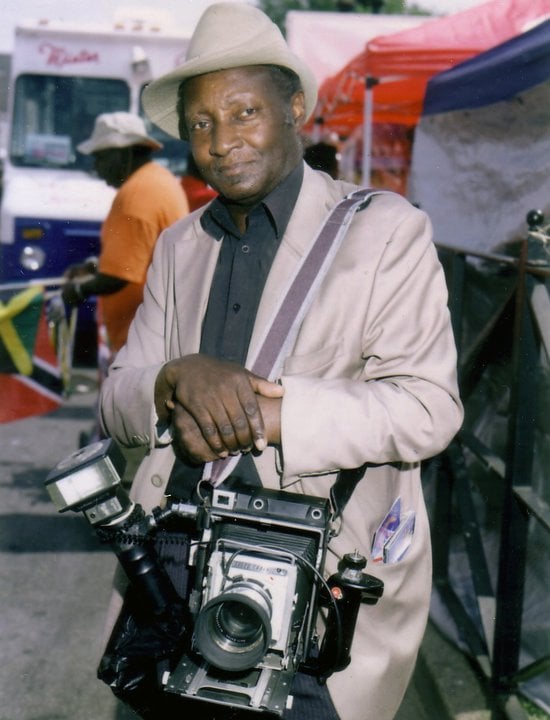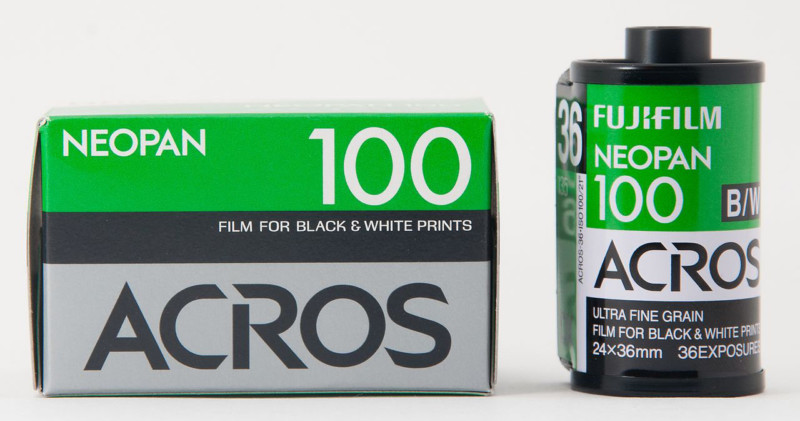 |
| From L-R, Hidenari Nishikawa, Asistant Chief, Merchandising Group, Kohei Fukugawa, Supervisor, Software Design Group, Tetsuji Kamio, Staff Engineer, Image ENgineering Group, Emi Fujiwara, PR / Communication Group, Naoki Tanizawa, Manager, Communication Group, Michiharu Uematsu, Advisor, Merchandising Group. |
Recently we visited the 2018 CP+ show in Yokohama, Japan and booked an in-depth interview with Panasonic. Among the topics covered were the company's new twin flagships, the Lumix GH5S and G9, as well as how Panasonic hopes to grow their appeal to professional and advanced amateur stills photographers.
The following interview has been edited slightly for clarity and flow.
Why did you feel that the GH5S was necessary, when the updated GH5 is in many ways so competitive?
 |
| The Panasonic Lumix GH5S comes with an oversized 10MP sensor that forgoes a stabilizer, but allows for shooting in multiple aspect ratios without cropping the field of view. |
For the GH5, we aimed for hybrid users shooting both photos and video. We thought that we needed 20MP for stills, and that was kind of a compromise for video users. With the GH5S, we had a lot of video users who wanted more video capability, but with the conventional [20MP] sensor, it was quite difficult to shoot in low light situations because of [hardware and software] limitations.
Professional shooters will prefer a multi-aspect sensor versus IBIS
So we developed a video-centric camera to open up more freedom for video users by having a 10MP sensor, which is good for low light. Also, we incorporated multi-aspect ratios, which many people prefer to have. For example, professional shooters will prefer a multi-aspect sensor versus IBIS.
Is there a technical reason why the G9 and GH5-series continue to rely on contrast-detect autofocus with depth-from defocus technology in preference to a hybrid/PDAF system?
 |
| The speed-and-stills oriented Lumix G9 can shoot at up to 20fps bursts in Raw, and is the first Micro Four Thirds camera to come with a top-plate LCD. |
When we were developing the GH4, we were discussing whether to go with phase detection AF, or hybrid AF system of contrast AF with our own DFD (depth-from- defocus) technology. We thought that by having contrast AF with DFD, we could maximize picture quality.
With phase detection AF, picture quality can be damaged
This is because with phase detection AF, picture quality can be damaged [by the phase detect pixels]. With contrast-detection AF and DFD technology, we don’t need any dedicated pixels [for autofocus] and we believe it is more precise.
With the release of the G9, since it’s so sports and speed-focused, is this an ongoing conversation, or are you committed to going forward with DFD?
After we put DFD and contrast AF into GH4, we’ve been continuing to develop this format. At this point, we’re not thinking about shifting, but rather trying to make it better and better. We do see room for improvement; we’re studying to improve the algorithms in DFD to minimize the range of hunting, or AF ‘flutter,’ required for accuracy.
Do you think there’s an opportunity for Panasonic to develop more fixed-lens large-sensor compacts?
 |
| Panasonic's LX100 incorporated a large Four Thirds type sensor and fast zoom lens. It remains a very capable camera, but in some ways – particularly its 12MP of resolution – it's looking a little dated. |
Yes, we have lots of requests from editors and users waiting for the next LX100, so we are studying that. At this point, we can’t say when, but it is something that people are expecting.
As we head into 2018 and 2019, how will Panasonic send the message that it wants to be taken seriously by stills, as well as video professionals?
When we developed the GH5, a lot of video users were attracted to it, but we were aiming for stills users as well. In developing the G9, we wanted to communicate to customers that we are also capable of creating a more stills-focused camera; in terms of marketing, we are trying to communicate that we have cameras that are focused on stills, video, or a hybrid of both.
 |
| It's been ten years since Panasonic introduced the Lumix G1, the first Micro Four Thirds interchangeable lens camera. |
Our business philosophy is based on ‘changing photography.’ And any change we make must be a benefit for the customer, and for the last two or three years, we’ve really focused on our video capabilities. But we still want to satisfy stills-focused users with our philosophy. It’s been ten years since we introduced the first mirrorless camera, and many things have changed in the mirrorless industry in terms of innovation, but we are trying to continue to change the market to satisfy our customers.
We don’t want to just pick one feature and improve it; we want to improve more generally
We are going to continue to develop video features, but we also want to improve stills performance in terms of speed and autofocus. We don’t want to just pick one feature and improve it; we want to improve more generally, and we are trying to re-brand somewhat in the stills category. And we want to do this not only for professional cameras, but entry-level and midrange cameras as well.
Editors' note:
Always an influential and respected brand in professional video circles, Panasonic deserves a lot credit in recent years for introducing high-quality video capture into small cameras with a conventional form-factor. In fact it's arguable that without cameras like the Lumix GH-series laying the foundation, the prosumer hybrid ILC class would look very different today – if it existed at all.
It's clear from speaking to Panasonic's executives that the GH5S was designed as a no-compromises video platform. That's the reason for its low pixel count, and why the company opted to include a multi-aspect sensor in preference to in-body stabilization. I happened to be speaking to a professional filmmaker recently who told me that the GH5S is at least on a par, if not superior in some respects to his usual Arri Alexa cameras, and that's a pretty big deal for such a small camera. One of the reasons he said he likes the GH5S so much is that he can use the camera in tight spots – and in lightweight rigs – that he wouldn't normally be able to.
The LX100 is still one of our favorite large-sensor compacts, and we'd love to see some proper competition in a segment increasingly dominated by Sony
The market for stills cameras is pretty tough right now, and Panasonic could be forgiven for continuing to focus on video, but it seems that the company still sees some opportunity in the stills-dedicated market segment. The hint at 're-branding' in the stills market is intriguing, and could suggest that the high-performance G9 is just the beginning of Panasonic's renewed attempt to capture the hearts – and cash – of working stills photographers. The explanation for Panasonic's continued use of DFD contrast-detection autofocus technology in preference to phase-detection was interesting. It's true that PDAF-equipped ILCs can have issues with so-called 'striping' artifacts in images taken in certain conditions, but whether this is a solvable problem remains to be seen. For now, Panasonic clearly believes that DFD works well enough, and appears committed to continued improvement of the system.
We were excited too to hear that a successor to the LX100 is probably on the way. It's still one of our favorite large-sensor compacts, and we'd love to see some proper competition in a segment increasingly dominated by Sony.











![Here Are Some Claimed Specifications For One of the Prototype Canon Full Frame Mirrorless Cameras [CR1]](http://www.canonrumors.com/wp-content/uploads/2018/01/canonqbig3.jpg)













 RSS Feed
RSS Feed
